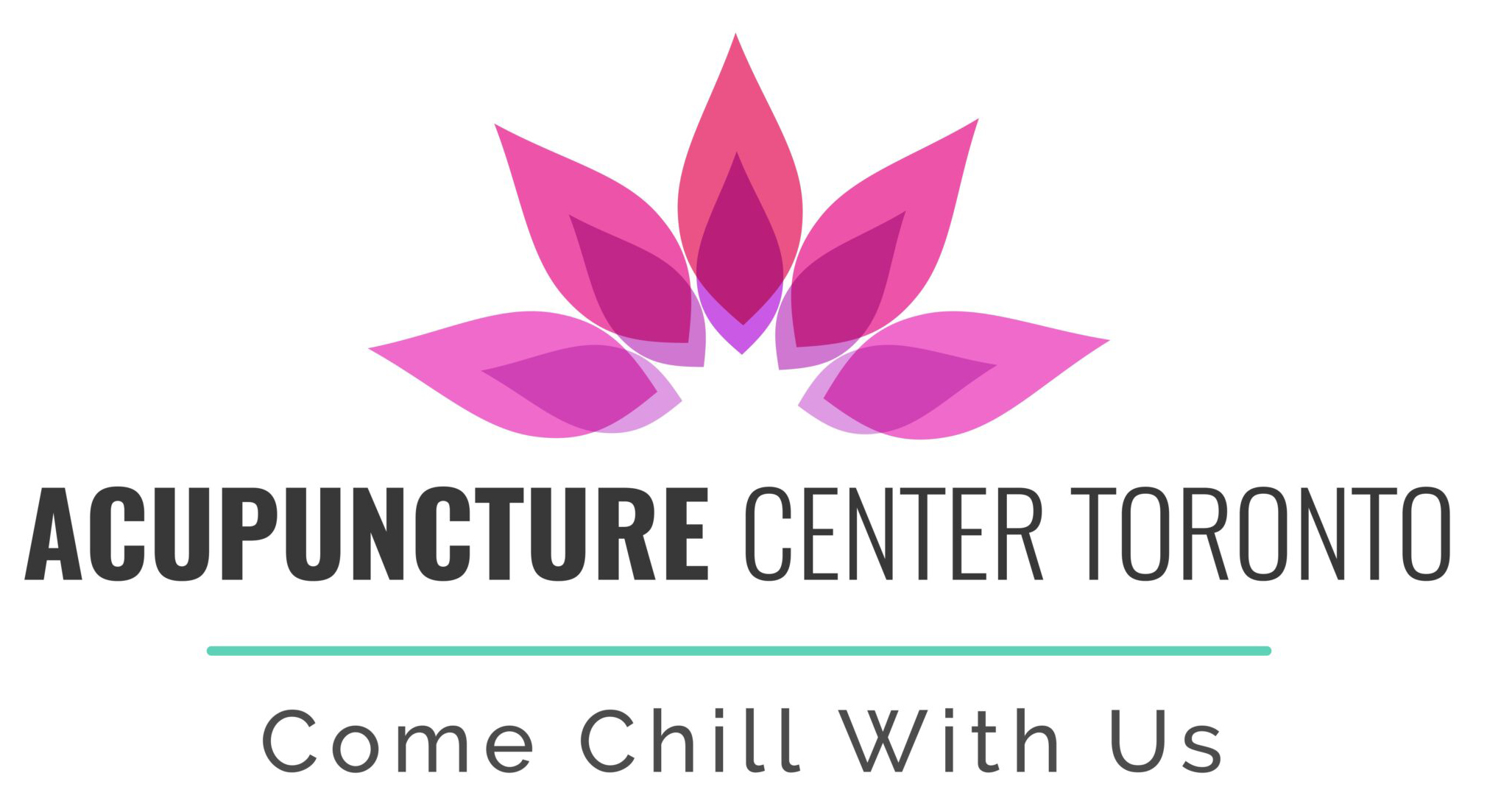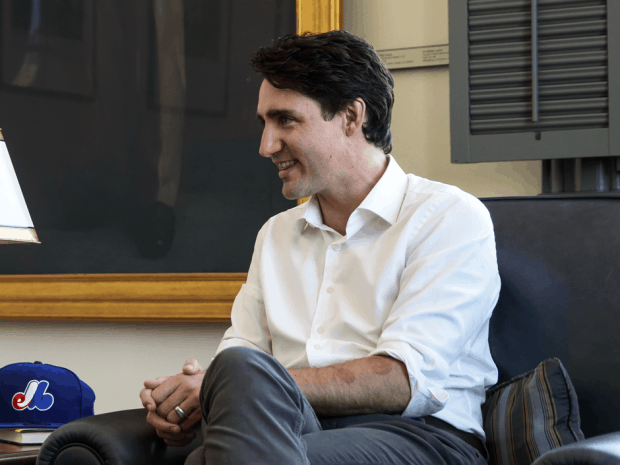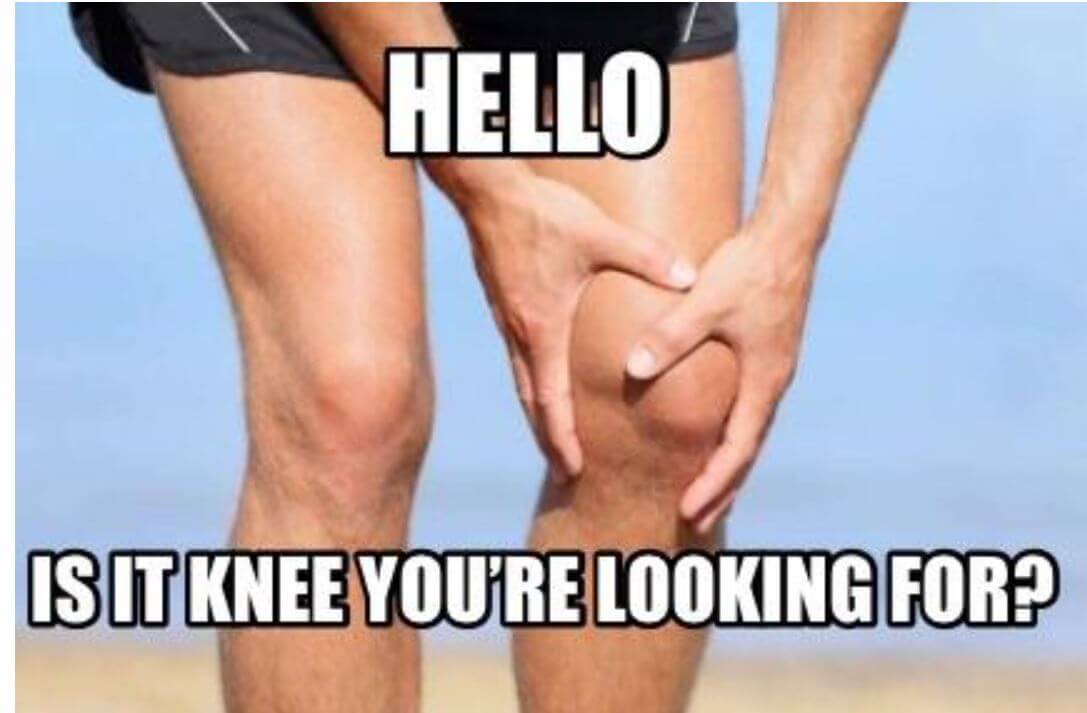
We provide the best full-service Chinese Medicine suite in Toronto for restoring the knee. Whether we apply acupuncture, cupping around the knee, warming soothing moxa or scrapy releasing Gua Sha. Let us help you with any knee injury or problem. Make stairs a breeze again, we got you.
How do we treat knee pain with acupuncture?
Once we have determined why the pain might be happening, when it started and the quality of the pain, we proceed with the best quality acupuncture. Remember we try to differentiate the issue first to determine if it’s an excess (too much of something such as fluid, stagnant blood or cold trapped in the joint) or a deficiency condition (not enough muscle strength, fluid, nutrients or blood). Then we use targeted acupuncture points around the knee and even under the kneecap that can directly address the pain and imbalance. We hug the joint with needles. We care for it and block pain receptors which help reduce inflammation.

Sometimes we might use cupping around the big quad muscles or along the IT bands if there is a lot of tightness pulling on the knee joint or we might use some Japanese moxibustion on ashi points (the ouchy spots) around the knee to provide targeted healing and heat.
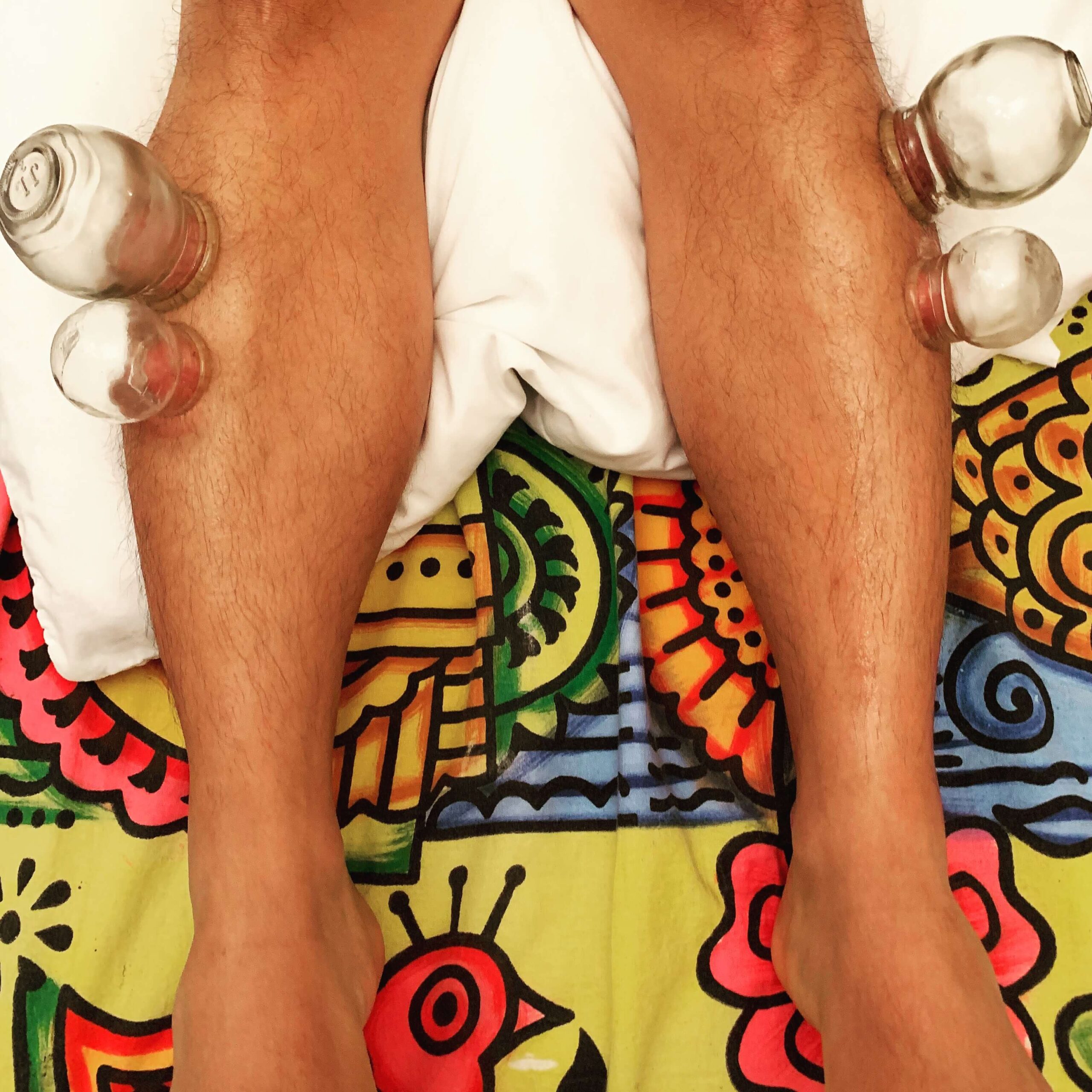
Knee pain differs from person to person
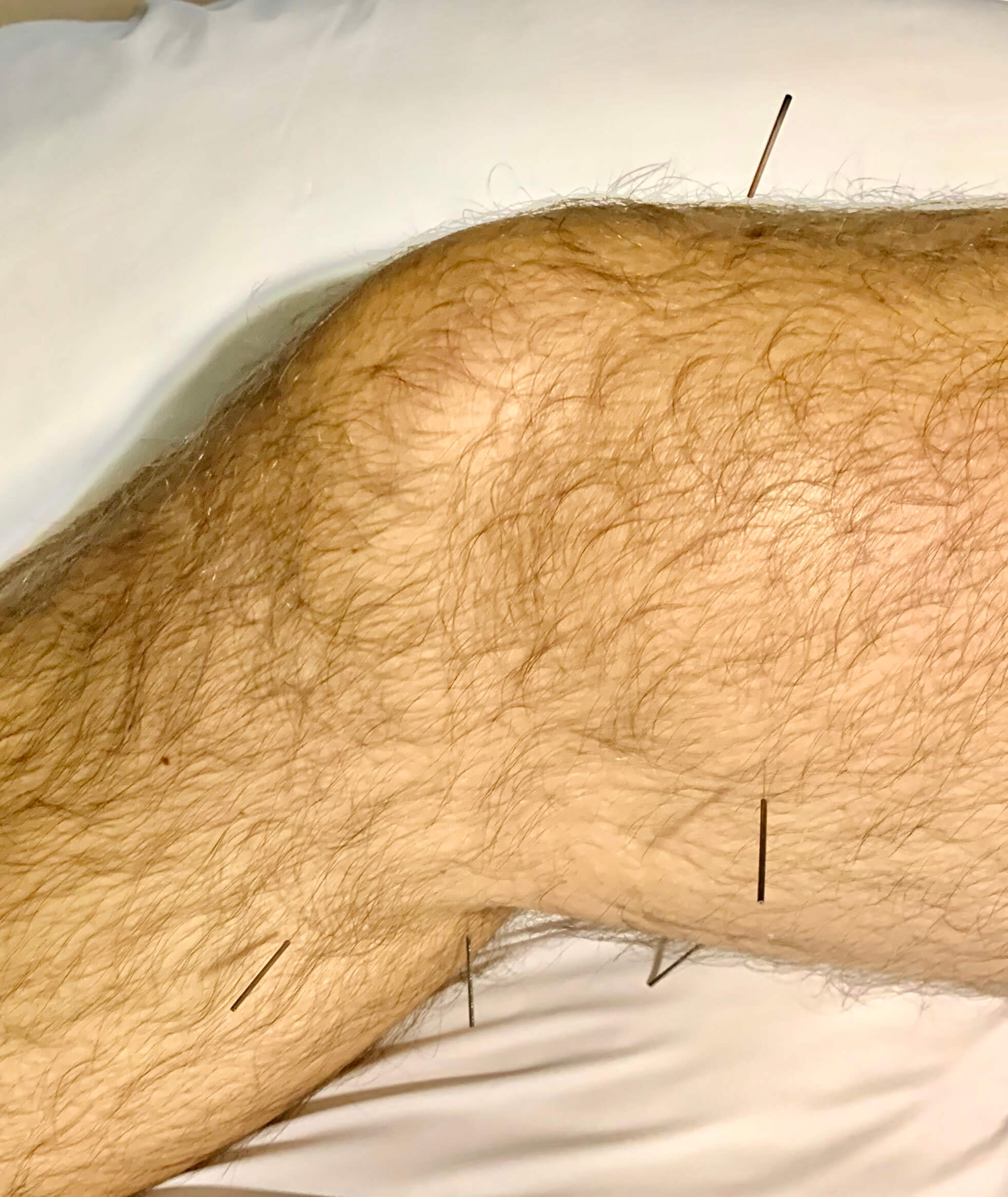 We have treated a lot of knee issues over the years using exercises and acupuncture with great success, but not everyone experiences knee pain the same way. There is the dull, achy, chronic pain often felt around the knee joint that is a bit more typical of what western doctors may call arthritis. In traditional Chinese medicine (TCM) this dull ache is usually associated with a deficiency condition – perhaps there is not enough blood, nutrients or vital fluid to keep the joint lubricated and moving well or the muscles are weak around the area. Then there is the biting, stabbing pain that can happen after a trauma to the knee that injures or tears part of the meniscus or ligaments. TCM might treat this as a blood stagnation or stasis. You might have a condition known as cold bi syndrome – where cold has settled into the joint causing strong pain. Some people feel stiffness when they’ve been sitting along time and get up to move or experience swelling around the knee when its damp outside. These are all unique characteristics that may require time, acupuncture treatments, rest and perhaps exercises to strengthen the muscles that move the joint.
We have treated a lot of knee issues over the years using exercises and acupuncture with great success, but not everyone experiences knee pain the same way. There is the dull, achy, chronic pain often felt around the knee joint that is a bit more typical of what western doctors may call arthritis. In traditional Chinese medicine (TCM) this dull ache is usually associated with a deficiency condition – perhaps there is not enough blood, nutrients or vital fluid to keep the joint lubricated and moving well or the muscles are weak around the area. Then there is the biting, stabbing pain that can happen after a trauma to the knee that injures or tears part of the meniscus or ligaments. TCM might treat this as a blood stagnation or stasis. You might have a condition known as cold bi syndrome – where cold has settled into the joint causing strong pain. Some people feel stiffness when they’ve been sitting along time and get up to move or experience swelling around the knee when its damp outside. These are all unique characteristics that may require time, acupuncture treatments, rest and perhaps exercises to strengthen the muscles that move the joint.
Watch us demonstrate our favorite quick knee repair exercise
Knee pain is optional
The knee explained simply
Our knee joint is a special and complex collection of muscles, tendons, bones, ligaments, cartilage and tissue all working together to extend and bend our legs; this helps us walk, run, dance, jump and move through space. As we get older, we may begin to experience some discomfort around the knee joint, but it may not be an issue with the joint itself, it may be an issue with the function of the joint. Did you know your upper thigh, called the femur, is the longest bone in the body?
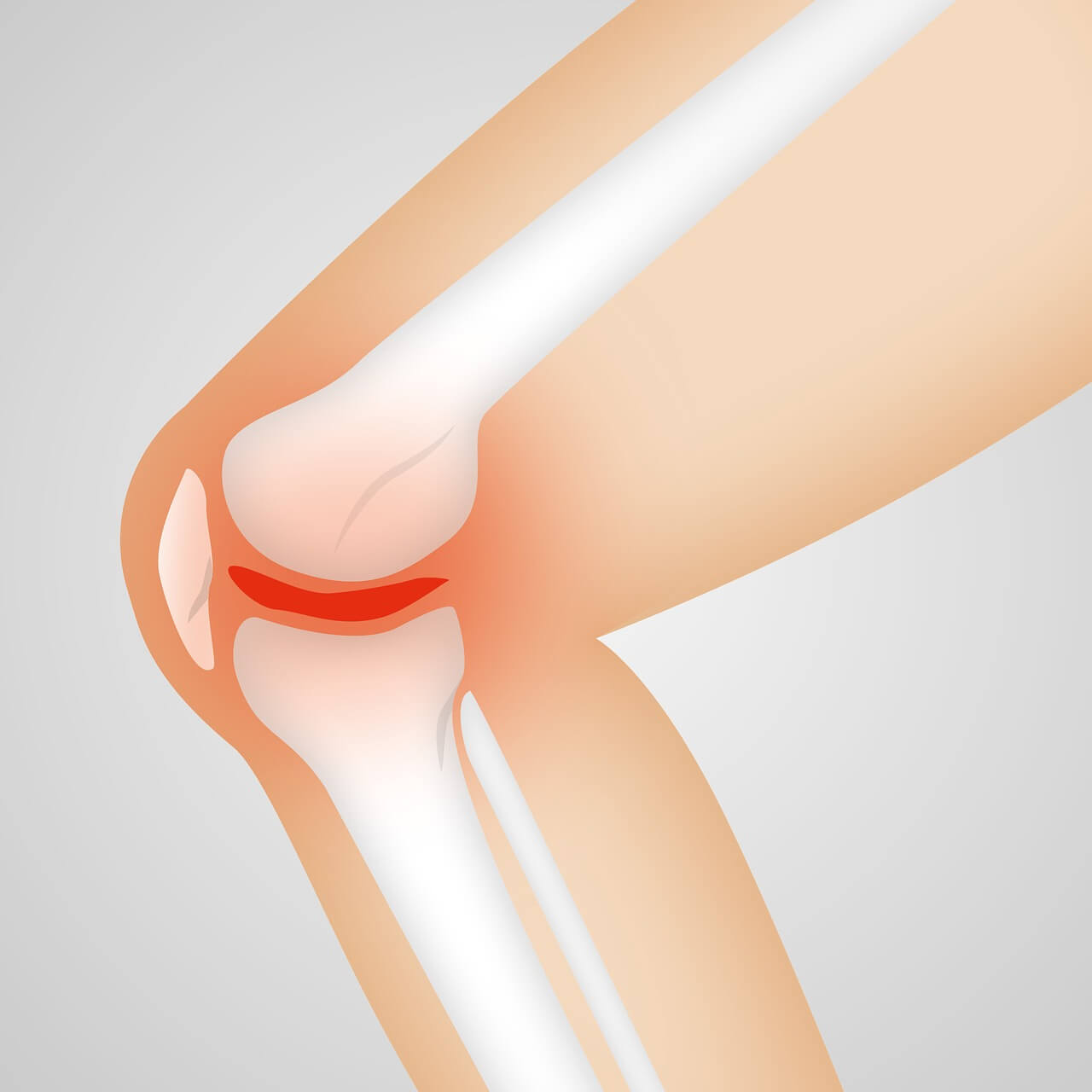
Anatomy of the knee joint
The knee is a hinge joint, the upper and lower leg bones articulate with each other and is nicely cushioned by two little cartilage discs called menisci. The knee is made up of 2 articulating bones (the tibia and femur); they both have cartilage coating the ends to provide a protective cushion with the meniscus acting like a shock absorber.
There are lots of muscles that aid the action of the knee joint and ligaments found in between and on the outside of the joint that help support the movement and stability of the joint – the muscles move our leg bones and the ligaments are like guide wires on a bridge, they allow the joint to move within a certain range safely. All of this amazing structure is then bathed in fluid that nourishes and lubricates the joint.
Funny thing about these two bones, they actually do an additional movement as you bend and stretch your leg…they rotate! The reason for this action is to help put tension on or take tension off of the ligaments around the joint – this helps to support the joint during movement. This rotating action is small, happens within a limited range of movement and is all dependent on what you’re doing. For instance, if you have your feet on the ground, such as doing standing squats, your thigh bone (femur) rotates on a steady lower leg bone (tibia). If you are sitting and extending your legs out (see the video) then your lower legs rotate on a steady thigh bone. A bit complicated but good to be aware of….you can actually feel this subtle movement by standing with your legs parallel apart on the floor and hands on the side of your thigh bones – bend your knees straight forwards (a standing squat) and slowly stretch your legs straight to stand, feel how the thigh bones slightly rotate inwards as you stand tall.
On top of this joint lies a triangular bone called the patella. This little bone acts like a pulley system for our big quad (front thigh) muscles to use. It slides up and down slightly on top of the joint and acts not only like a pulley but provides protection for the joint below it. There are a handful of important ligaments that connect the patella bone to our two big leg bones, and lots of bigger muscles and tendons lying over it again to provide movement and stability for the joint.
Book an appointment with us for all your knee joint issues.

By Cindy Willems R. Ac
Cindy is well known around the Center for being our resident “body mechanic”. She specializes in Kinetics (body movement), pain management and musculoskeletal care. In addition to her practice in our Yorkville clinic, she owns a private therapeutic Pilates studio and is a genius with fixing any kind of pain. Cindy treats at Acupuncture Center Toronto 2 evenings/week. Book an appointment with Cindy the Body Mechanic here.

